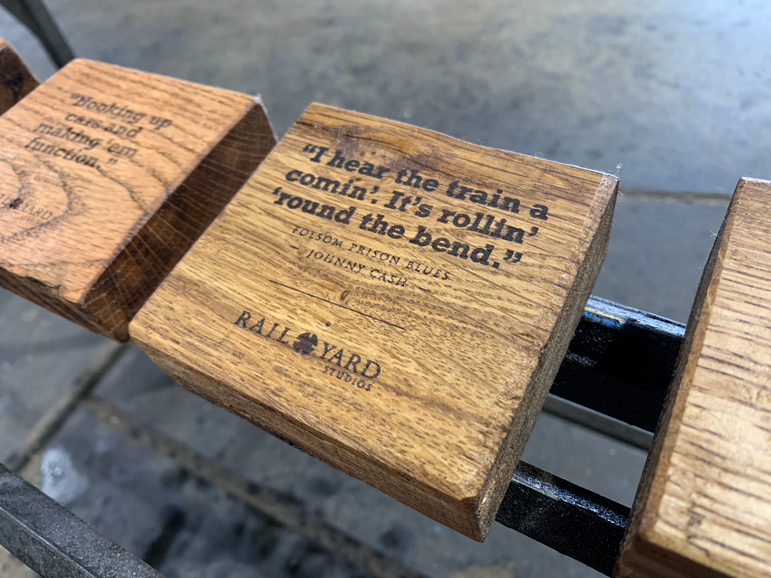
Railroad in Song
Posted by Robert Hendrick on May 19th 2022
Rail Yard Studios makes its home in Music City USA – also known as Nashville, Tennessee. So, it’s little surprise that we have a love of song and a special place in our hearts for songwriters who mention the railroad in their lyrics. Inspired by music as we are, we put together a collection of songs on Spotify for anyone to grab hold of and use as the backdrop for their rail-inspired activities.
Check out Our Railroad-Themed Playlist on Spotify here
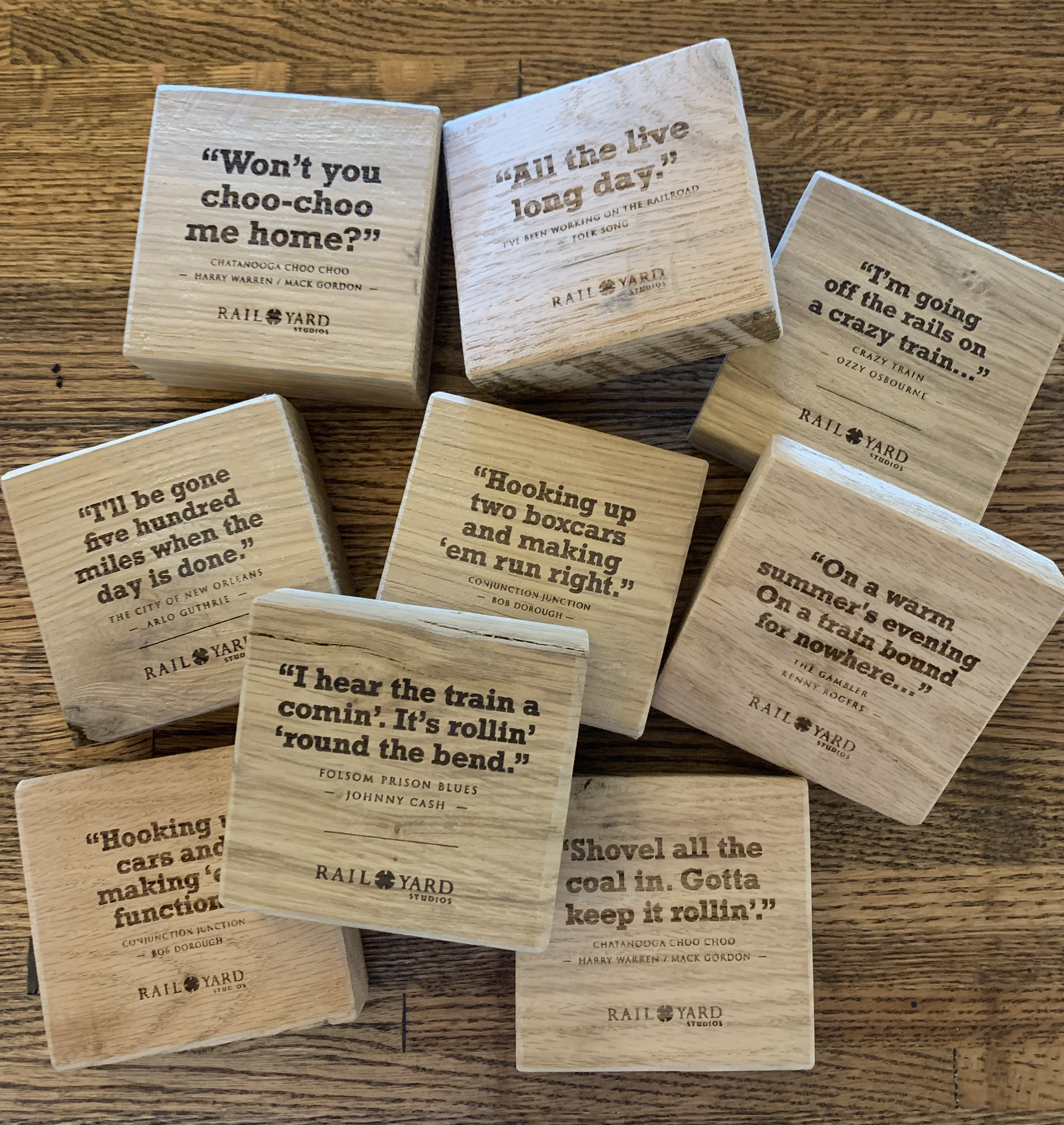
TRANSCENDING MUSIC GENRES
While most people may think of trains as a subject for country and folk music, the railroad theme has transcended virtually all styles of music from big band to rock, from punk to R&B – and of course a healthy dose of country and folk to go with that.
But the influence of railroading has gone well beyond simply song. The Grand Funk Railroad put a little Industrial Age style in their name, while the long-running Soul Train TV show made it part of their name from 1971 until 2006.
Keeping it simple, a San Francisco-based band calling themselves Train began topping the charts with hits like “Drops of Jupiter,” “Hey, Soul Sister” and “Bulletproof Picasso.”
That’s because the railroad went everywhere, and we mean everywhere.
Back in the day, a rail line ran into the heart of the old Nashville State Penitentiary in Music City. The tracks dead-ended there and were used for the purpose of facilitating the “Prison Industries” business. Prisoners made items like furniture that was available for purchase by state departments. In fact, we have one of the drafting tables they produced that was part of the transportation department office furnishings.
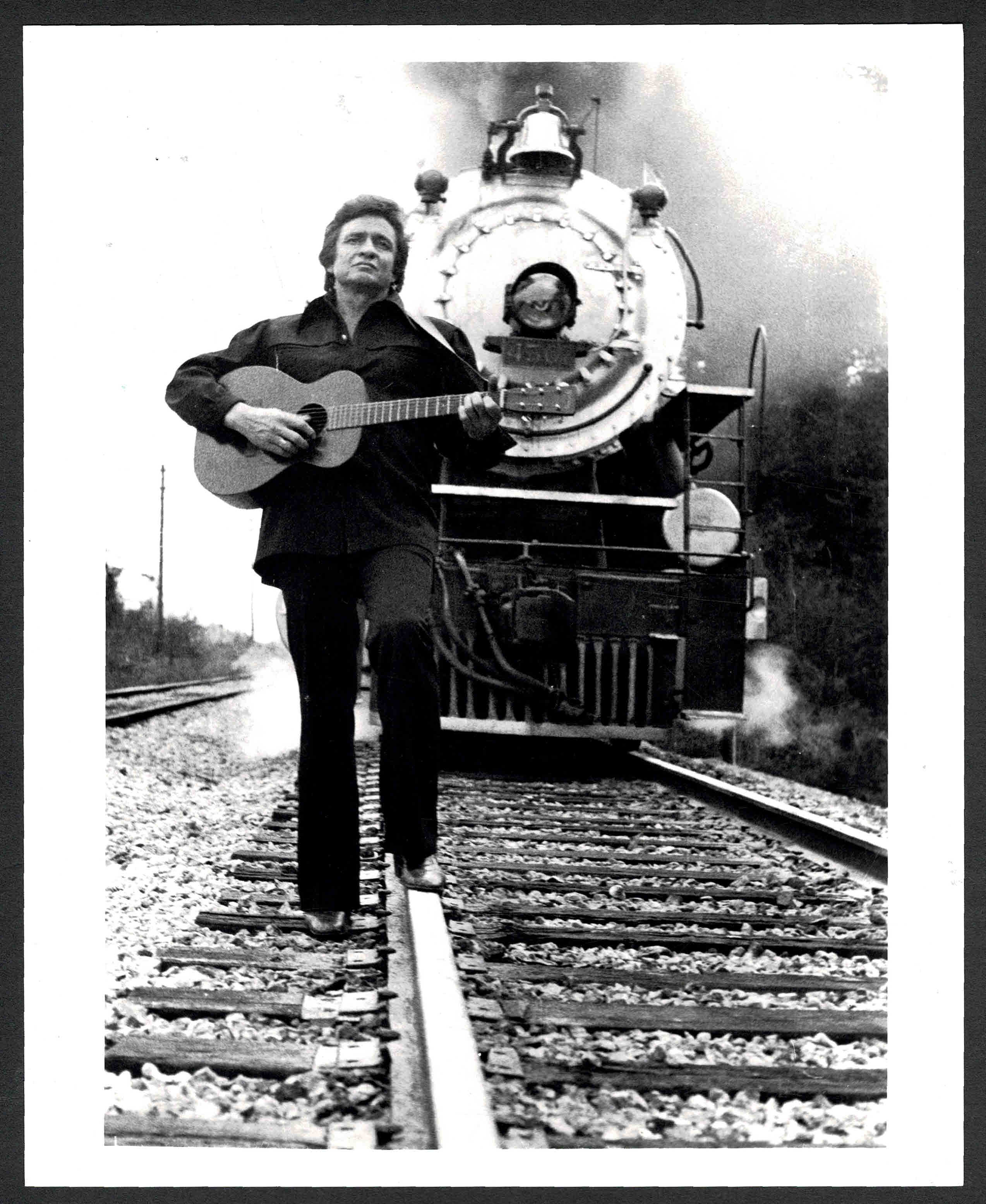
VISUAL IMAGERY
The massive black engines pumping out smoke as they built up a head of steam made for a highly descriptive imagery in the early days of the railways. The opportunity to roam that rail travel offered opened up the country to travelers for both business and pleasure.
Over the years, trains and the railroad have been a constant refrain/image of content for songwriters. Legendary performers like Johnny Cash returned to the imagery with a number of train-related songs to his name including “Folsom Prison Blues,” “Hey, Porter” and “The Legend of John Henry.”
The Grand Funk Railroad doubled down on the rail theme going beyond just being part of their name to pen their classic hit “Locomotion” in reference to a dance that mimics the movements of a steam engine.
But there is a history of trains in songs that has evolved over time, from the more romanticized days of travel by rail to a harsher more industrial image of the freights.
OLDIES BUT GOODIES
Most of us learned “I’ve Been Working on the Railroad” in grade school. A popular folk song, the original work harkens back as far as 1894 with no known writer credits. The song has been modified over the years taking portions from older folk songs and seen a number of artists make their own version.
A few years later, self-taught folk and blues artist Elizabeth Cotten would pen her classic “Freight Train” song in 1904 at the ripe old age of 11 years old. She played left-handed on a guitar strung for right-handed playing. Her unique playing style with signature alternating bass line would be dubbed “Cotten picking.”
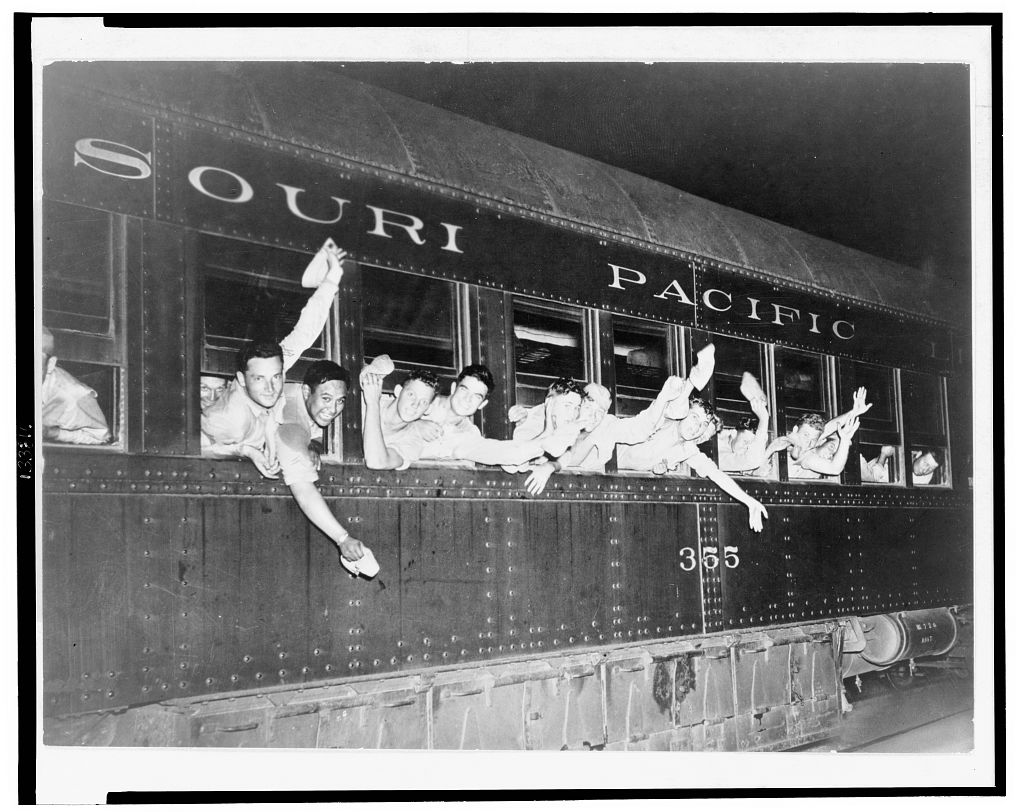 Country music had one of the first big commercial hits carrying the railroad theme with “Wabash Cannonball” by Roy Acuff (in 1936).
Country music had one of the first big commercial hits carrying the railroad theme with “Wabash Cannonball” by Roy Acuff (in 1936).
“From the great Atlantic Ocean to the wide Pacific shore
The green old flowing mountains to the south down by the moor
She's mighty tall and handsome she's known quite well by all
Regular combination on the Wabash Cannonball”
A few years later, the image of servicemen on trains bound for Europe comes to mind every time the “Chattanooga Choo Choo” plays, whether it’s the original version recorded by The Glenn Miller Orchestra or the version from The Andrews Sisters who immortalized the song (both in 1941).
GOING LONG ON COUNTRY
As previously mentioned, the Man in Black, Johnny Cash released “Folsom Prison Blues” and “Hey, Porter” (the inspiration for our Porter's Friend Wine Racks) in 1955 solidifying his connection with the railroad. Eight years later, his version of “The Legend of John Henry” captured the legend of the steel driving man for generations to come. The mystique surrounding the rails had begun to generate legends like that of John Henry, a steel-drivin’ man, that would perpetuate through in later years to the likes of Casey Jones.
Just a couple of years later, the slow and somehow sad ballad “King of the Road” by Roger Miller captured the life of a drifter doing odd jobs and taking the “third boxcar, midnight train, Destination Bangor, Maine.” The man was not well connected, but he did know “every engineer on every train.”
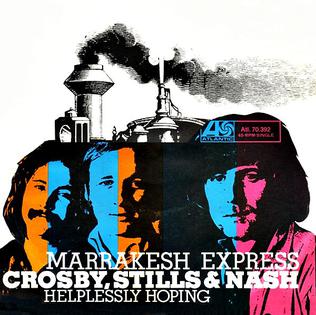
EVEN HIPPIES RIDE TRAINS
Trains made their mark among the mop top performers when the pop rock group The Monkees offered up “Last Train to Clarksville” as their debut single and rode it to the top of the charts in November of 1966.
The iconic trio of Crosby, Stills and Nash hit the rails with the title track “Marrakesh Express” written by Graham Nash. The song has an authentic connection to railroading. Nash took a train from Casablanca to Marrakesh booked into a first-class cabin. He found the company there too boring and went looking for more interesting experiences in the other cars as described in the song.
In 1969, the same year as the CSN release, Robbie Robertson and The Band released “The Night They Drove Old Dixie Down,” the tale of a railroader put out of work by the Civil War and his travails through the war between the states. We never find out if Virgil ever regained his position on the Danville train, but he did see Robert E. Lee.
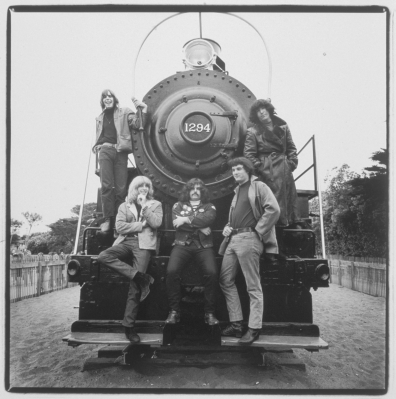 Rail travel had begun its steep decline by the 1970s and songwriters began to wax ever more poetic about the rapidly vanishing mode of transportation. Jerry Garcia of The Grateful Dead penned “Casey Jones” while Jethro Tull spun the story of a man headed for his doom in “Locomotive Breath.”
Rail travel had begun its steep decline by the 1970s and songwriters began to wax ever more poetic about the rapidly vanishing mode of transportation. Jerry Garcia of The Grateful Dead penned “Casey Jones” while Jethro Tull spun the story of a man headed for his doom in “Locomotive Breath.”
Set to the medley of acoustic guitars in the early 1970s, Cat Stevens would produce “Peace Train” and Arlo Guthrie “The City of New Orleans” with the familiar refrain “I’ll be gone 500 miles when the day is done.”
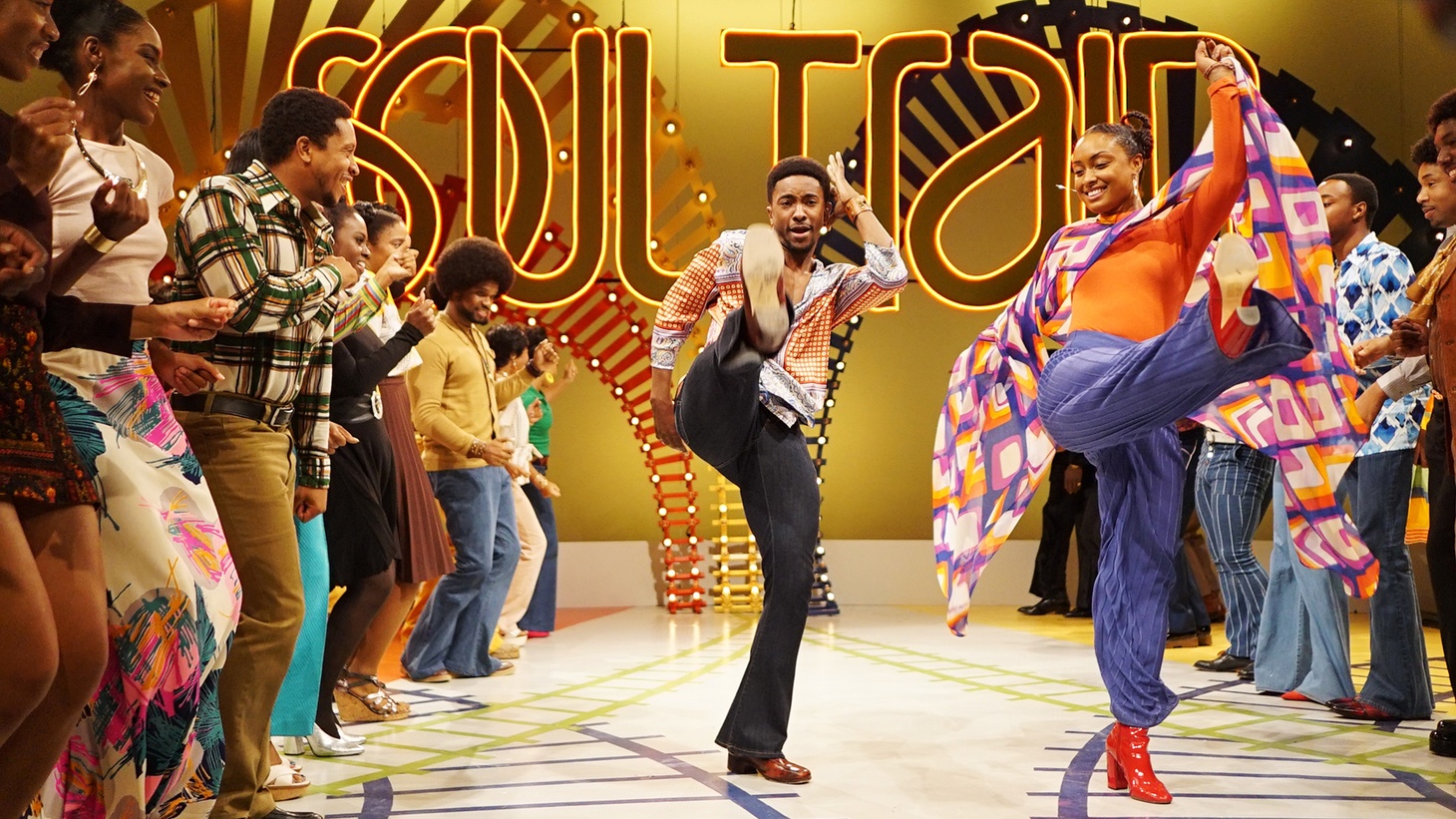
THE SOUL OF RAILROAD
Part of what makes railroad so compelling as a subject of song is the grasp it has on peoples’ souls. Maybe that’s because railroad itself seems to have a soul.
The early seventies saw the railroad take a firm hold on popular music from R&B/soul to rock and southern rock and even children’s music.
The O’Jays “Love Train” took the number 1 spot on Billboard in February 1973, and Gladys Knight & The Pips went to the top as well with their “Midnight Train to Georgia” on the Motown label in October of the same year.
The Doobie Brothers hit it big with “Long Train Running” mentioning a couple of long-running railroads still in existence at that point in time, the Illinois Central and the Southern Central Freight. Lynyrd Skynyrd stepped up with a bluesy “Tuesday’s Gone” imploring “Train roll on” that ensured that southern rock kept a hold on the imagery of railroading.
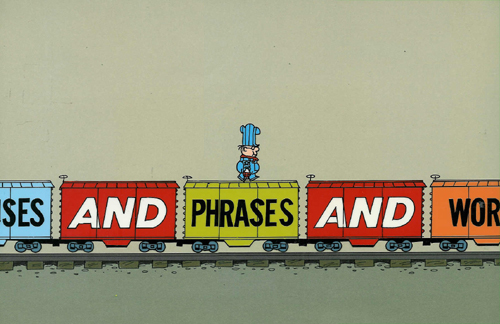
ENDURING MEMORIES
However, the most enduring railroad songs are those learned as children, and 1973 would introduce the fireplug of a conductor to Saturday morning cartoon watchers with its Schoolhouse Rock series of short animations.
Conjunction Junction never charted as a release and the artist remained in relative obscurity despite the success of the song. Still, virtually every adult born after 1965 can tell you that “and, but and or will get you pretty far.”
Trains got a gratuitous mention once more in country. It was David Allen Coe’s “You Never Even Call Me by My Name” that recognized all great Country & Western songs contain mama, trains, trucks, prison and gettin’ drunk.
RAILROAD DEVELOPS AN EDGE
Showing that the theme could transcend genres, “Locomotion” by The Grand Funk Railroad crossed over R&B/Soul, Rock and Pop.
The later seventies sought to glorify the wayward lifestyle of a lonely drifter and confidence man in a late-night whiskey-soaked card game in “The Gambler” performed by Kenny Rogers.
But trains are universal and showed an ability to jump to most any new genre.
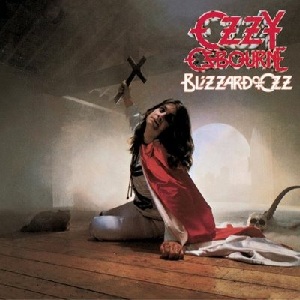
Ozzy Osbourne’s blistering lead guitar intro and the madman’s laugh launched “Crazy Train” into a hard driving heavy metal anthem. While it never made it to higher than number 6 on the Billboard charts, the crazy guitar licks stir the crowd in stadiums and as a pre-show concert anthem known across all demographics.
Blackfoot reasserted the southern hold on railroad with the hard-driving southern rock single “Train, Train,” and the British invasion attested to their interest in the iron horses with early punk band The Clash cashing in on their single “Train in Vain.”
Paul Simon penned the wistful “Train in the Distance” in 1983. The song muses on the idea that life could be better – like being aboard a distant train rather than where one currently stands.
By 1984, the decline of the railroad paralleled the mid-life crisis of a blue-collar worker captured by Bruce Springsteen in his song “Downbound Train.” While it never released as a single, the song has held an enduring popularity and saw decent airplay living in the shadows of an album that released seven singles, of which this was surprisingly not one.
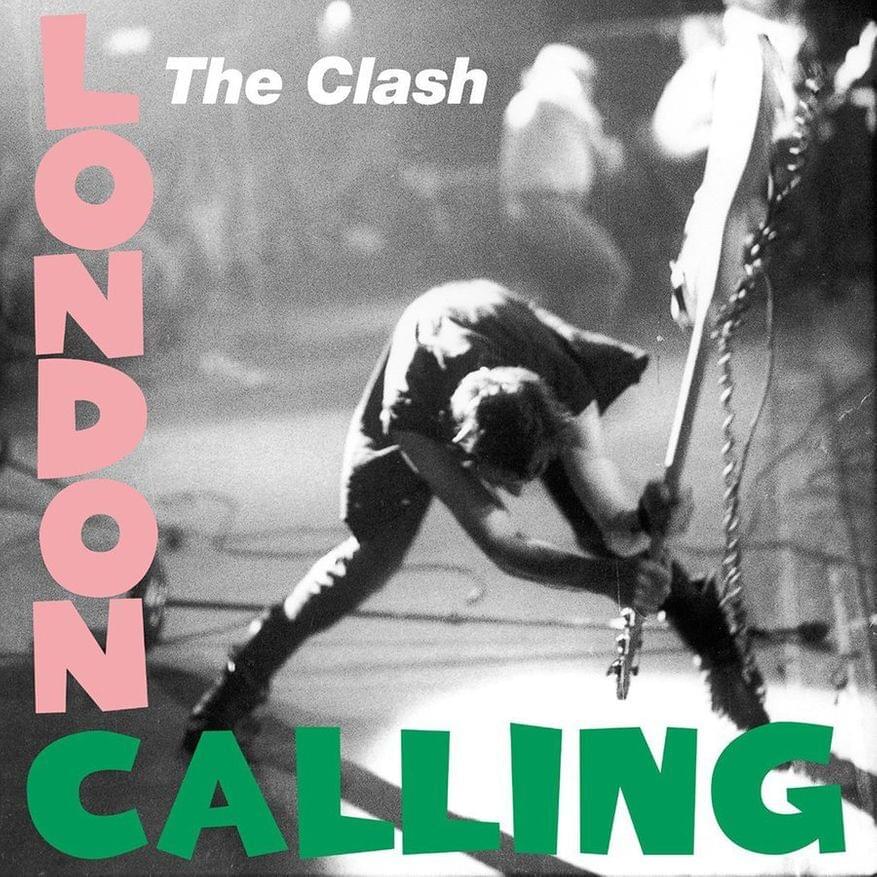
In 1984, trains broke into the Alt Rock genre with “Driver 8” from REM featuring a train conductor imploring an engineer to take a break from his long stint. Clearly, the song harkened back to a time before unions.
Twenty years later in 2004, “Runaway Train” from Soul Asylum became a social success in addition to a chart success. The video featured children considered to be runaways and encouraged them to get in touch via a phone number to reunite them. The effort was successful in bringing some folks back together and even aired with different faces and phone numbers in different countries to further the efforts.
THE FUTURE OF RAILROAD
Trains continue to make an appearance in song, but much like their engines that inspired an abundance of classic tunes, it seems the influence of the rails is beginning to diminish. Nevertheless, history will continue to carry the railroad forward for generations to come.
Classic songs will get covers. New songs will be written.
As long as the trains roll on, they will continue to inspire their legendary preservation in the words of songwriters romanticizing the massive, loud giants that built and continue to run American industry.
And sure, we missed some. There's a Wikipedia page listing 800+ songs about the railroad.
Write us and tell us what your favorite is.
